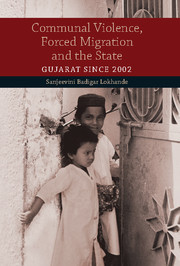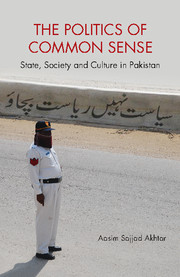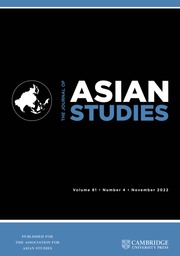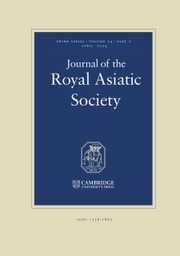Communal Violence, Forced Migration and the State
When violence occurs in democracies it is often characterized as an aberration. The state that saw human rights violations and failure of law and order in Gujarat in 2002 emerged, even if by its own admission, as a model for good governance. Communal Violence, Forced Migration and the State, through an account of displaced Muslims, challenges this notion. Through the unlikely yet probing lens of displacement, it offers fresh insight into communal violence and is an important resource for the emerging domain of forced migration and the changing nature of the state in a globalized world.
Reviews & endorsements
"It is often said that a state must be judged by how it treats its weakest and most vulnerable populations. This account of the aftermath of the Gujarat pogrom in 2002 is a powerful and well-documented indictment of the dark underside of the much-heralded development state of Gujarat. Focusing on the fate and living conditions of the hundreds of thousands displaced by the pogrom, Sanjeevini Badigar Lokhande paints a disturbing picture of systematic neglect, paltry compensations and daily humiliations of displaced Muslims by state officials. Her meticulous research shows that the cruelties of the pogrom was followed by another kind of violence - structural, slow, callous and indifferent. This is a major contribution to the literature on violence, governance and internal displacements across the social sciences."
Thomas Blom Hansen, Stanford University
"This book provides a detailed and comprehensive account of the aftermath of violence in Gujarat in 2002. It employs the probing lens of displacement to examine this event and offers a compelling explanation for the events that have led to paradigmatic changes in India in the recent past. An important reading for anyone concerned with structural questions of displacement due to communal violence and the larger issues of human rights in the post-violence context."
Zoya Hasan, Jawaharlal Nehru University, Delhi
'The book is noteworthy because it manages to carve an original path through heavily-trampled terrain; that is not to say, however, the burden of existing literature does not weigh heavily in the text. … There are a great many interviews hidden away in the book. Shining through these now-standard narratives are glimpses into the lives and tribulations of real people who experienced these events in their homes and on the streets; people who had near misses; and people who saw and heard things that they later wished they had not.' Edward Simpson, South Asia: Journal of South Asian Studies
Product details
December 2016Hardback
9781107065444
224 pages
236 × 159 × 19 mm
0.46kg
Available
Table of Contents
- Acknowledgements
- Glossary of terms and abbreviations
- Introduction
- 1. Demography and population movements in Gujarat
- 2. Vatani to Visthapit: violence and displacement in 2002
- 3. Relief instead of rights: the governance of communal violence
- 4. Reconstruction and rights through self-help
- 5. Violence and good governance
- Bibliography.






